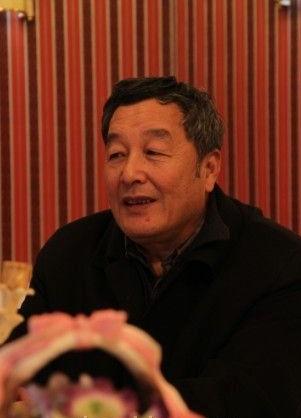| Ningxia mulls wine ambitions | |||
|
|||
|
The eastern slope of Helan Mountain in Ningxia is receiving increasing recognition by wine connoisseurs worldwide. From its premium grapes to its award-winning wines, Ningxia has become a new investment hot spot in China's wine industry. In an interview with winechina.com, Rong Jian, president of the Ningxia Grape Industry Association, discussed the challenges and opportunities the region's wine business faces.
Reporter: Hello, president Rong. In recent years, wine from producing areas of Helan Mountain in Ningxia has been receiving awards in competitions. Several domestic enterprises have invested and built bases here. Ningxia production area was paid attention by more and more industry. How would you rate the wine industry development in Ningxia? Rong: In recent years, the rapid development of China's grape wine industry nationwide has ushered in a period of unprecedented development for Ningxia's vineyards and wineries. Ningxia now plants 300,000 mus (20,000 hectares) of wine grapes with an annual wine processing capacity of 100,000 tons. A slew of new wine businesses have sprung up throughout the production area. The Helan Mountain, Xixia King, Eumark and Jiabeilan brands have gained recognition across China. The industry consensus is that Ningxia's climate and soil can produce high quality wines. Changyu, Great Wall, Dynasty, Hennessy, Pernod Ricard, Grace and other well- known producers have also built wineries and vineyards in Ningxia. From their initial purchases of our wine to their decision to move production here, the attention has provided a boost to producers here, reflecting the excellent state of the industry's development. Reporter: The Ningxia wine industry is still in its early stages of development. It will still face many difficulties. What do you see as the biggest obstacle to regional development? Rong: There are still a lot of difficulties facing the industry here. Currently, the biggest problem is the lack of a strong brand. Domestic consumers recognize a wine's brand, but not its origin. Although wine produced in Ningxia is good, without a strong reputation, we can only be a supplier of wine base. Right now our share of the bottled wine market is too low. We don't have enough scale and influence. The second issue is the high cost of vineyard management. In Ningxia, a perennial fear is freezing. Vines needs to be buried not only deeply, but at the proper time. In November 2009, it snowed before the vines were covered, causing serious damage and preventing some new vineyards' from producing entirely. The production area is large, but farmers cannot mechanize operations. Labor costs increase every year, contributing directly to the high cost of production per mu (0.067 hectares). The third problem is the lack of leading enterprises. Ningxia still doesn't have a brand with national clout. Most companies are quite small and focus mainly on processing and selling wine base. They don't make brand promotion a priority. As a production region, we can only become influential and competitive if we grow our scale. That is the only way to increase farmers' income and contribute meaningfully to the local economy. The fourth problem is a dearth of suitable personnel. The pace of economic development in Ningxia is slower than in eastern China. Many young people aren't willing to come west to work. The best technical talent in Ningxia today has been here since the wine industry's beginning here. Judging by the region's rapid development, there won't be enough qualified technicians to take their place. In addition to winemakers, other necessary personnel such as gardeners, managers, and salespeople are completely lacking. Without talent, we cannot build a top wine production region. |
| Tools: Save | Print | E-mail |
|
| Comment |





